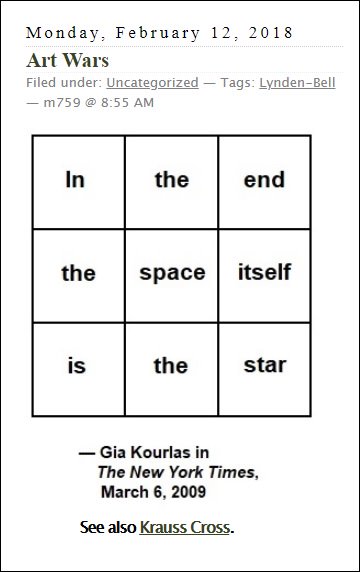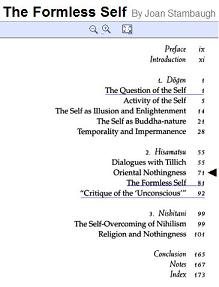The previous post suggests a review of the phrase
" symbol of the self " in this journal.
Friday, June 24, 2016
Symbol of the Self
Friday, September 23, 2022
Raiders of the Lost Archive … The Jung Genizah
Jung’s four-diamond figure from
Aion — a symbol of the self –
For those who prefer the Ed Wood approach —
Wednesday, October 12, 2016
Elementary Art

The above cycle may have influenced the design
of Carl Jung's symbol of the self —
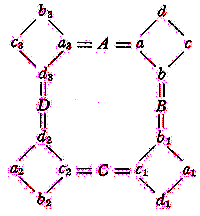
![]()
Related art by
Steven H. Cullinane
See also Levi-Strauss Formula in this journal.
Saturday, December 5, 2009
Holiday Book
Time and Chance, continued…
NY Lottery numbers today–
Midday 401, Evening 717
_________________________________________________
From this journal on 4/01, 2009:
The Cruelest Month

"Langdon sensed she was
toying with him…."
___________________________________________
From this journal on 7/17, 2008:
Jung’s four-diamond figure from
Aion — a symbol of the self –

Jung’s Map of the Soul,
by Murray Stein:
“… Jung thinks of the self as undergoing continual transformation during the course of a lifetime…. At the end of his late work Aion, Jung presents a diagram to illustrate the dynamic movements of the self….”
For related dynamic movements,
see the Diamond 16 Puzzle
and the diamond theorem.
Monday, February 9, 2009
Monday February 9, 2009
The British Academy Awards last night showed two Paul Newman clips:
"Sometimes nothin' can be a real cool hand."
"Boy, I got vision and the rest of the world wears bifocals."
Related material: This journal, September 2008.
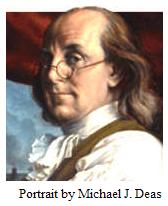 Pennsylvania Lottery 
|
|
Thursday, July 17, 2008
Thursday July 17, 2008
|
CHANGE FEW CAN BELIEVE IN |
Continued from June 18.
Jungian Symbols
of the Self —

Compare and contrast:
Jung's four-diamond figure from
Aion — a symbol of the self —

Jung's Map of the Soul,
by Murray Stein:
Saturday, August 26, 2006
Saturday August 26, 2006
"Alcatraz, Spanish for pelican, was named Isla de los Alcatraces after the birds that were the island's only inhabitants." —Bay City Guide
Related material
Thomas Kuhn's "Pelican Brief":
"… the Philosopher’s Stone was a psychic rather than a physical product. It symbolized one’s Self…."
"The formula presents a symbol of the self…."
"… Jung presents a diagram to illustrate the dynamic movements of the self…."
…the movement of
a self in the rock…
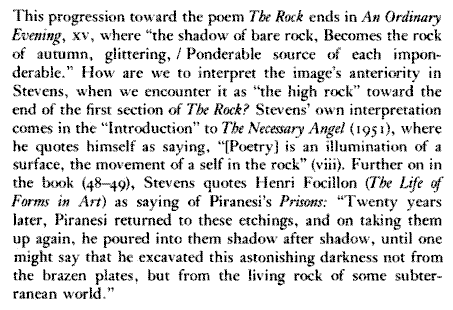
— Wallace Stevens:
The Poems of Our Climate,
by Harold Bloom,
Cornell U. Press, 1977
Thursday, December 8, 2005
Thursday December 8, 2005
— Poem title, Gerard Manley Hopkins
From Jung's Map of the Soul, by Murray Stein:
"… Jung thinks of the self as undergoing continual transformation during the course of a lifetime…. At the end of his late work Aion, Jung presents a diagram to illustrate the dynamic movements of the self…."

"The formula presents a symbol of the self, for the self is not just a stable quantity or constant form, but is also a dynamic process. In the same way, the ancients saw the imago Dei in man not as a mere imprint, as a sort of lifeless, stereotyped impression, but as an active force…. The four transformations represent a process of restoration or rejuvenation taking place, as it were, inside the self…."
"The formula reproduces exactly the essential features of the symbolic process of transformation. It shows the rotation of the mandala, the antithetical play of complementary (or compensatory) processes, then the apocatastasis, i.e., the restoration of an original state of wholeness, which the alchemists expressed through the symbol of the uroboros, and finally the formula repeats the ancient alchemical tetrameria, which is implicit in the fourfold structure of unity.
What the formula can only hint at, however, is the higher plane that is reached through the process of transformation and integration. The 'sublimation' or progress or qualitative change consists in an unfolding of totality into four parts four times, which means nothing less than its becoming conscious. When psychic contents are split up into four aspects, it means that they have been subjected to discrimination by the four orienting functions of consciousness. Only the production of these four aspects makes a total description possible. The process depicted by our formula changes the originally unconscious totality into a conscious one."
— Jung, Collected Works,
Vol. 9, Part 2, Aion: Researches into the Phenomenology of the Self (1951)
Related material:
"Although 'wholeness' seems at first sight to be nothing but an abstract idea (like anima and animus), it is nevertheless empirical in so far as it is anticipated by the psyche in the form of spontaneous or autonomous symbols. These are the quaternity or mandala symbols, which occur not only in the dreams of modern people who have never heard of them, but are widely disseminated in the historical recods of many peoples and many epochs. Their significance as symbols of unity and totality is amply confirmed by history as well as by empirical psychology. What at first looks like an abstract idea stands in reality for something that exists and can be experienced, that demonstrates its a priori presence spontaneously. Wholeness is thus an objective factor that confronts the subject independently of him… Unity and totality stand at the highest point on the scale of objective values because their symbols can no longer be distinguished from the imago Dei. Hence all statements about the God-image apply also to the empirical symbols of totality."
— Jung, Aion, as quoted in
Carl Jung and Thomas Merton

